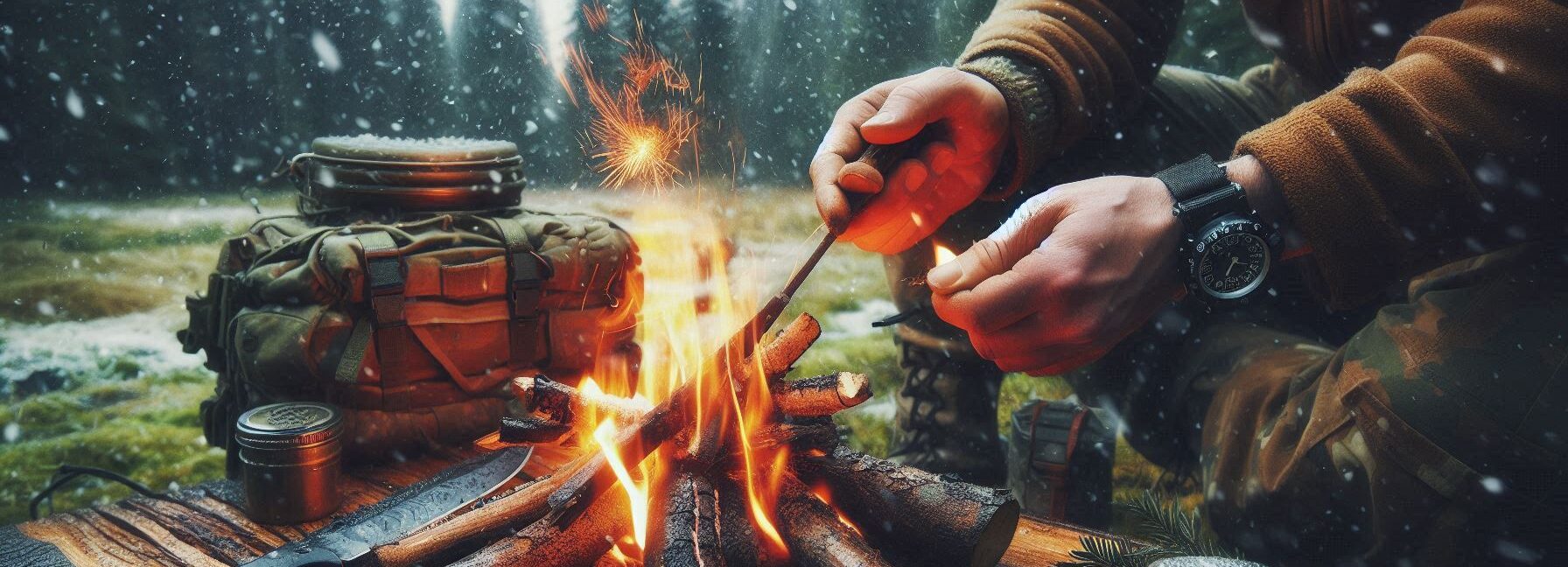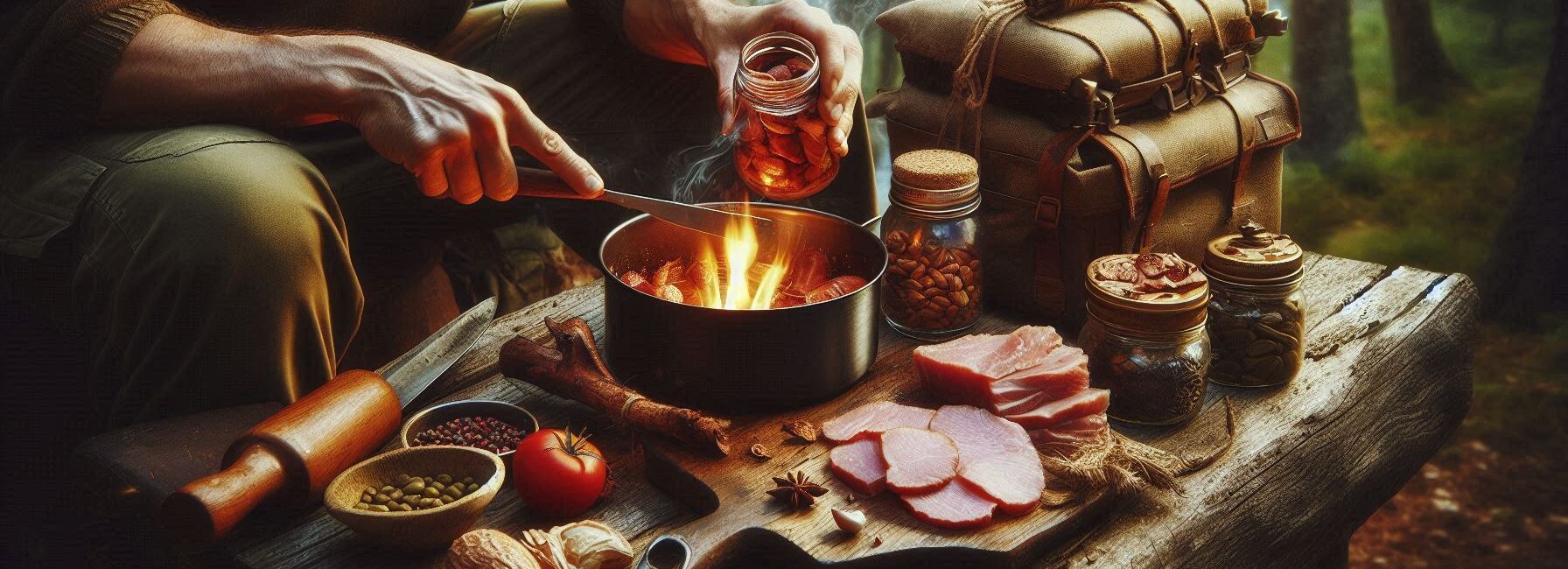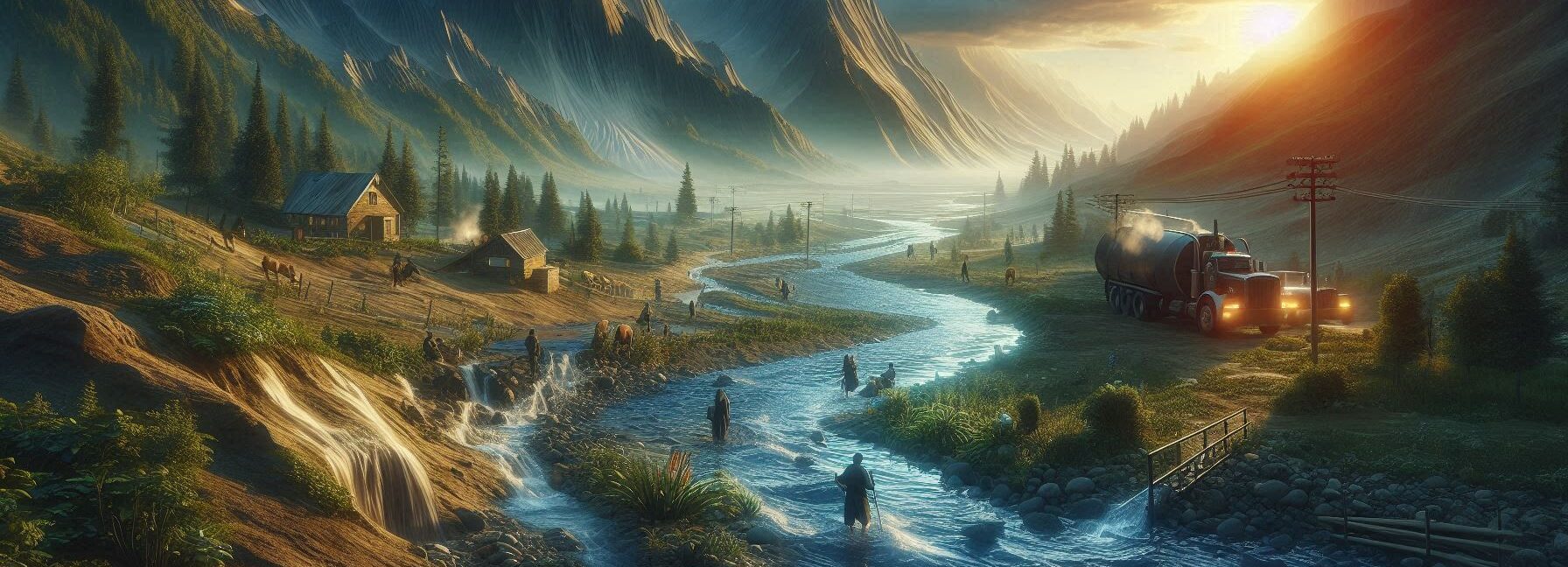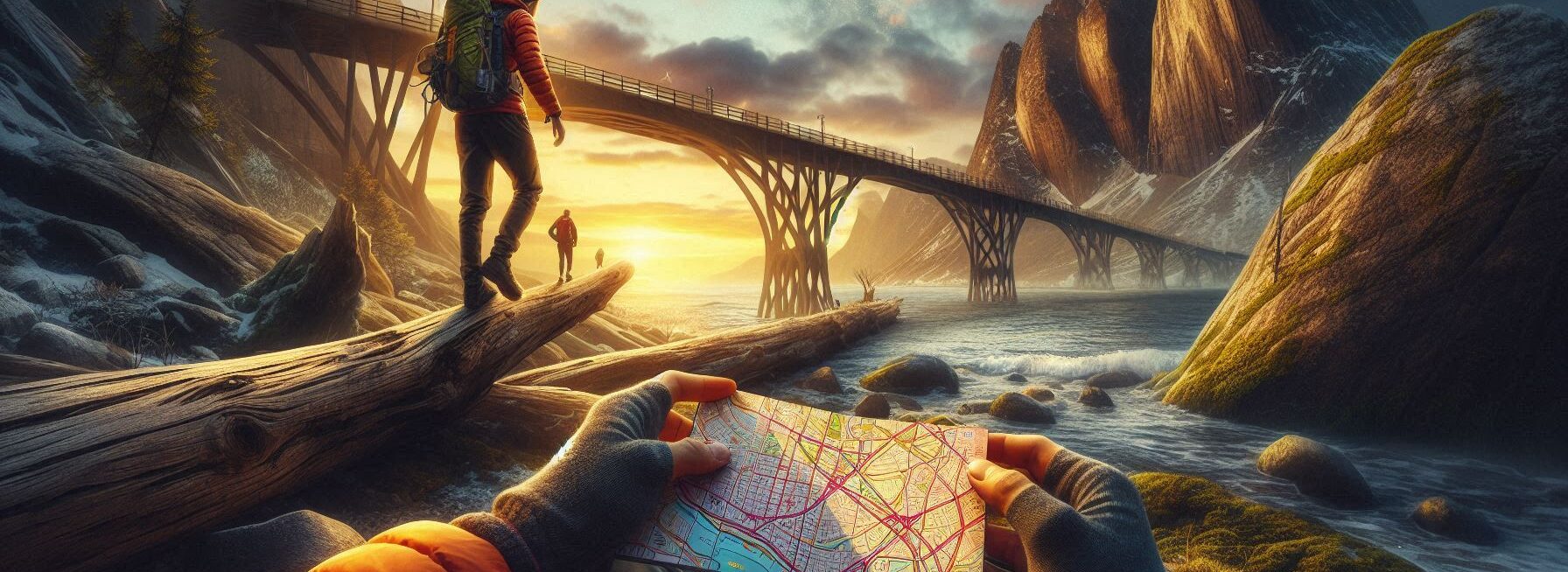Please Note: This post may contain affiliate links. If you click one of them, we may receive a commission at no extra cost to you. As an Amazon Associate, I earn from qualifying purchases.
Last Updated on November 2, 2025 by Kevin Collier

So, you’re out in the great outdoors, surrounded by nature’s beauty, and suddenly it hits you: you forgot your marshmallows.
Just kidding! What really matters is that you need a fire. Whether you're camping under a starry sky or huddled against an unexpected snowstorm, knowing how to start a fire in any weather is like having a superhero power—only instead of a cape, you’ll have a bundle of sticks and some flint.
Let’s dive into some techniques that will make you the proud owner of the warmest campfire around.
The Right Tools for Your Firestarter Kit
First things first—let’s talk about tools. You wouldn’t go to battle without armor, right? Well, starting a fire without the proper gear is like trying to cook spaghetti with just one noodle.
It can be done, but it won't end well. Ideally, your firestarter kit should include waterproof matches or lighters (because who wants soggy flames?), tinder (think dry leaves or cotton balls), kindling (small twigs that are basically nature's kindling ninjas), and fuel wood (the big stuff).
Speaking of which, have you ever tried using those fancy magnesium fire starters? They look cool and all until they decide to play hard-to-get when you're shivering in your boots.
I once spent what felt like an eternity trying to spark one up while my friends roasted marshmallows over their already roaring fire. Pro tip: practice before your trip so you don’t become “that guy” who ends up singing campfire songs alone.
Another essential tool is something called “fire starter gel.” This magical goo can help ignite even the dampest materials faster than you can say “s’mores.” However, use it wisely; too much gel could lead to an explosion that might give fireworks a run for their money!
*** Shop for Survival Gear - Tools - Kits ***
Survival Gear - Bags and Backpacks - Knives - Boots/Footwear - Communication
Outdoor Cooking - Gloves - Hydration - Dry Boxes - Water Filtration Systems
Tents - Sleeping Bags - First Aid Kits - Multi-Tools - Flashlights - Fire Starters
Navigation - Survival Food - Night Vision - Headlamps - Stun Guns - Binoculars
Choosing Your Location Wisely
Now that you've got your gear ready let’s chat about location because not every spot is prime real estate for your fiery ambitions.
A good place for a campfire should be away from overhanging branches—you don’t want your evening entertainment turning into an impromptu bonfire party with Mother Nature as the uninvited guest.
Look for flat ground where wind won’t blow sparks everywhere like confetti at New Year’s Eve. Trust me; nothing ruins hot dogs faster than flying embers landing on someone’s hair—or worse, setting off their air mattress! If it's raining or snowing, try finding natural windbreaks such as rocks or bushes.
And if you're in bear country? Well then again, maybe skip the cozy campfire altogether unless you're keen on becoming part of nature's wildlife documentary series titled “The Night We Lost Our Snacks.”
Tinder: The Unsung Hero
Let’s talk about tinder—the unsung hero of any successful fire-making mission! Tinder is basically plant material that catches fire easily and helps get your bigger sticks burning. It can be anything from dry grass to shredded bark or even those little fluff balls from dandelions if you're feeling particularly creative.
One time during a camping trip gone wrong—I mean right—I found myself looking at my friend trying desperately to light his soggy newspaper while I casually tossed handfuls of dried moss into my pile like I was making some sort of gourmet salad. Spoiler alert: my salad caught fire beautifully while his remained stubbornly damp.
To prepare tinder properly, crush it up into small pieces—it increases surface area and makes it easier for flames to lick at them hungrily. And remember: if it looks like it belongs in Grandma's attic rather than your campsite… well then again, maybe leave it there!
Kindling & Fuel Wood: Building Up Your Blaze
Once you've got your glorious tinder going strong—like watching fireworks on July 4th—it’s time to add kindling! This consists of slightly larger sticks—think pencil-sized—that will catch flame quickly from the tender embrace of your smoldering tinder.
When stacking kindling around the flames (imagine building tiny log cabins), make sure there's enough airflow between each piece; otherwise, you'll end up with something resembling an angry porcupine rather than a friendly campfire! As they say in survival school: “Don't suffocate your dreams!”
Then we move onto fuel wood—the heavyweights that keep this whole operation going long after you've lost interest in roasting marshmallows (if that's even possible).
Stack these logs around the perimeter but leave space for air circulation; think of it as giving them room to breathe after running laps around the forest floor!
Adapting Techniques for Different Weather Conditions
Weather can be unpredictable—one minute it's sunny skies and butterflies fluttering by; next thing you know there's rain pouring down harder than my Aunt Edna's famous fruitcake recipe hitting concrete! So how do we adapt?
In wet conditions, consider using birch bark or fatwood—they’re basically nature's version of lighter fluid! Just peel back layers or break off bits until they resemble something you'd see on Pinterest labeled “Fire Starter Art.”
For snowy environments? Clear away any snow before laying down your materials because cold temperatures love dampening our fiery spirits!
Windy days call for strategic thinking too! Build low shelters using rocks as walls while creating compact stacks so gusts don’t extinguish everything quicker than I could finish telling my favorite dad joke (“Why did the scarecrow win an award?” Because he was outstanding in his field!).
Conclusion: Mastering Fire Starting Like A Pro
By now I'm hoping I've sparked some inspiration within you—a desire not just to survive but thrive outdoors amidst mother nature's whims! With practice comes confidence; whether rain-soaked adventures await or sunny picnics lie ahead—remember these tips next time flames seem elusive.
So, grab those matches (or whatever works) because nothing beats gathering 'round flickering warmth sharing stories—and yes—even singing badly off-key songs under starlit skies!
Frequently Asked Questions
What tools are most reliable for starting a fire in any weather?
Waterproof matches, lighters, magnesium fire starters, tinder, and kindling are reliable options for most outdoor environments.
What is tinder and why is it important?
Tinder is any dry, easily ignitable material that helps your initial spark catch flame, allowing you to build a stronger fire.
How should I choose a safe location for a fire?
Pick a flat area with minimal wind exposure and avoid placing fires near overhanging branches or flammable debris.
What materials work best for kindling?
Pencil-sized twigs and small sticks work well as kindling because they ignite quickly and help transition flame to larger fuel wood.
How should fuel wood be arranged?
Fuel wood should be placed with airflow gaps between logs to allow flames to breathe and burn efficiently.
How do I start a fire in wet conditions?
Fatwood, birch bark, and fire starter gel help ignite materials even when damp, giving flame a better chance to catch.
How do I protect a fire from wind?
Use natural windbreaks like rocks or bushes and build your fire low and compact to reduce gust impact.
Suggested External Resources:
How To Start a Campfire
https://www.rei.com/learn/expert-advice/campfire.html
10 Essential Tips for Starting a Fire
https://www.outdoorlife.com/survival-10-essential-tips-starting-fire/
Survival Skills: How To Build a Fire in Any Weather
https://survivallife.com/how-to-build-a-fire-in-any-weather/

Kevin Collier is a seasoned survivalist and expert in prepping and homesteading, contributing to WiseSurvive.com. With a deep-rooted passion for self-sufficiency and outdoor survival skills, Kevin shares practical advice, strategies, and resources to help individuals prepare for any challenge. His informative articles cover a range of topics, from essential survival techniques to sustainable living practices, empowering readers to thrive in any situation. Whether you're a novice or a seasoned prepper, Kevin's insights will inspire you to take charge of your readiness and build resilience for the future.




